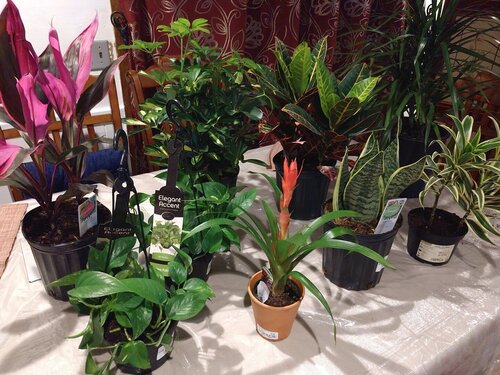Pickle-cham
Chameleon Enthusiast
This is interesting to know, i used hydrogen peroxide to deal with a mealybug infestation on my umbrella tree and known its uses in control in pests on plants i also used to use it on algae control on planted aquarium. Didn't know how safe it is with chameleons thoughI’ve been able to keep my humidifier from getting any mold growth by adding a little hydrogen peroxide to my tank with every fill. H2O2 is actually naturally occurring in rain (and breastmilk-fun fact) but levels are decreasing due to air pollution so in the rainforest it would be even more present. It is also known to help fight respiratory infections. Before I got my chameleon I was using the humidifier with hydrogen peroxide anyways at 1c/5 liters but for her I reduced it to less than 1/2 c and it’s still going well. I’ve had to clean it once in 4 months and it was barely dirty, with being run almost daily. Just a tip if you hate having to clean that frequently. ☺


